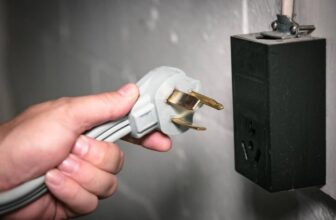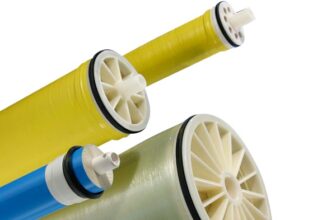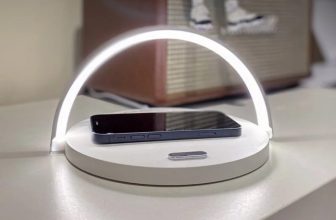
Before removing your dishwasher, you need to unplug the drain line and locate the valve controlling the water supply. You may need to disconnect the dishwasher hose, which may be connected to the garbage disposal or sink fitting. In addition, mounting brackets maybe around the dishwasher frame. You should first disconnect the hose before attempting to remove the dishwasher. Make sure to protect your floor surfaces while removing the dishwasher.
Disconnecting the drain line
The drain line of a dishwasher connects to the sink’s drain, air gap, or garbage disposer. To disconnect the drain line, find the valve on the right side of the appliance and turn it to the right. Be careful as the hose will leak water as you remove it, so place a bowl or bucket underneath the connection to catch any spillage. Ensure that the hose is anchored and the dishwasher is turned off before disconnecting the drain line.
Once disconnected, you can reconnect the drain hose to the sink. To do this, unplug the drain pump from the dishwasher. It is typically connected to the sink’s drain line through a tee. If the water line is connected to the drain pump, you can use a Phillips screwdriver to loosen it. You can then pull the drain hose out of the sink and into a bucket.
Finding the valve that controls the water supply
Firstly, you need to locate the valve that controls the water supply of the dishwasher. It can be located on the dishwasher deck. To make it easier to locate, you can simply remove the water hose. Afterward, you can remove the valve itself from the fitting and the electrical harness. To change the valve, follow the instructions in the user manual. Once you have located the valve, reconnect the water hose and try the same procedure again.
To test the valve, first of all, make sure the water supply is flowing. If it is not, check the float switch, which is the solenoid that controls the water flow of the dishwasher. If the float switch has malfunctioned, the valve must be replaced. Once you have identified the valve, you can now test the outlet for leaks and clogs. The dishwasher water supply valve will be easy to locate once you know the location and function of the valve.
Protecting your floors as you remove the dishwasher
First, turn off the water supply and unplug the dishwasher’s hoses. Next, spread a drop sheet or large piece of cardboard on the floor. Then, carefully lift the dishwasher out of the cabinetry. Make sure to keep your feet off the floor as you lift. You can also place a towel underneath the dishwasher to keep it off the floor. After removing the dishwasher, unpack it and place it on the drop sheet or cardboard.
Before disconnecting and removing your dishwasher, protect your floors. First, gather your tools. Two adjustable wrenches, a screwdriver, pliers, and a level are essential. A bucket or shallow pan can be useful to catch any water that may leak out as you disconnect the dishwasher’s water lines. Then, place a sheet of cardboard underneath the dishwasher’s feet to prevent them from gouging the floor.
Checking for leaks before installing a dishwasher
Leaky dishwashers are not uncommon. Although dishwashers process a great deal of water, leaks are not inevitable. These leak-prone appliances are best installed by a professional plumber. For more tips, contact Simpson Plumbing. The plumber will help you install your new dishwasher with minimal hassle. Here are some things to check before installing your dishwasher:
First, check for the door gasket. If the door gasket is faulty, water may leak through it onto the floor. If the door gasket is not properly installed, water may leak onto the kitchen floor. Replace it as soon as possible. Another common leak is in the door latch. This part is meant to hold the door closed during a cycle, but can also leak water. If you see water coming out of the door, it might be faulty. Replace it with a new one.
Make sure the water supply line is connected properly. The water supply line for a dishwasher is generally copper or braided stainless steel. If the line is damaged or corroded, you should replace it with a new one. Replace it with a new one, preferably one with a longer length. If the line is too short, you can install a new one using a right-angle elbow. Make sure to use PTFE or plumber’s tape on the male threads of the elbow. Once you’ve done that, plug in the electric cord.




